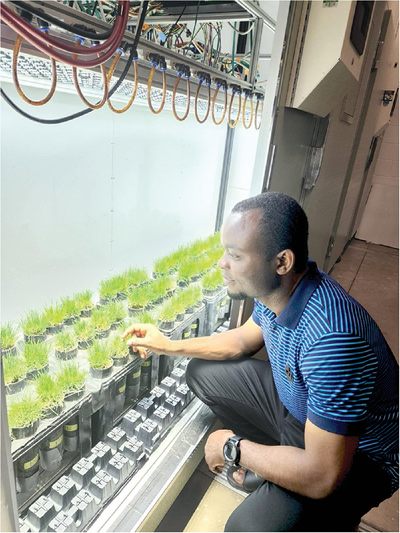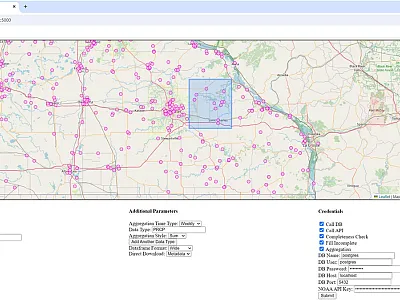Early Stress Detection in Kentucky Bluegrass and Perennial Ryegrass

Drought and other environmental stresses are problematic for many economically important cool‐season turfgrass or forage grass species. Detecting stress early is vitally important for turfgrass managers and farmers to implement timely stress mitigation strategies or for researchers to adequately quantify plant stress.
Chlorophyll fluorescence measurements indicate photosynthetic health and are useful in diagnosing physiological stress of plants. However, some measures of chlorophyll fluorescence are more dynamic and responsive than others, depending on the stress and the plant species. Additionally, some of these parameters are more commonly measured than others.
Researchers at Michigan State University set out to determine the utility of various chlorophyll fluorescence parameters in differentiating intra‐ and interspecies responses to drought. They exposed different varieties of perennial ryegrass and Kentucky bluegrass to drought in specialized growth chambers that allow for real‐time tracking of various chlorophyll fluorescence parameters. The parameters were different in their ability to capture drought responses of the grasses with some parameters responding earlier and more dynamically than others.
The results indicate that these parameters should be used more widely for determining stress responses in grass‐breeding populations and in other research and applied settings.
Adapted from
Itam, M., Hall, D., Kramer, D., & Merewitz, E. (2024). Early detection of Kentucky bluegrass and perennial ryegrass responses to drought stress by measuring chlorophyll fluorescence parameters. Crop Science. https://doi.org/10.1002/csc2.21173
Text © . The authors. CC BY-NC-ND 4.0. Except where otherwise noted, images are subject to copyright. Any reuse without express permission from the copyright owner is prohibited.







